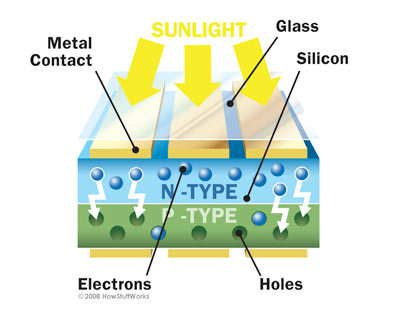Kayla, Jade, Ryan, Ali
Science and Innovation
For our final experiment our group chose to discuss and engineer a mini wind turbine. We were fortunate enough to use a Legomind kit in which we used a step-by-step manual to assemble the wind turbine. Wind turbines are known for their eco-friendly generation of electricity from kinetic wind power and are very useful when gathered in wind farms. Wind turbines are able to be used on and off shore but are still unfortunately a bit pricey to build, which is why other alternatives that are generally worse for the environment are used.
The purpose of this experiment was to show both our class and ourselves the mechanisms and assembling of a wind turbine. We wanted the class to know how this sustainable power source works and what variables are needed to keep it running at its best, a.k.a. wind power and measurements of the wind from the turbine.
In order to assemble this experiment one needs: a ruler for measuring the distance between the fan and the wind turbine, the hand out made from our group with step by step instructions, a multimeter to record the electricity produced from the wind hitting the wind turbine and access to excel to log in the data discovered. Once the wind turbine in constructed the next step is to set up the fan facing the wind turbine and measure 3 distances with 3 of the different power settings: low, medium and high. For our experiment we used the measurements of 6 inches, 12 inches, and 18 inches away from the turbine. During the measurement of these distances we tracked 3 trials of low, medium, and high each time. To find the voltage of electricity we used a multimeter and held the metal end of it to the metal tracker on the wind turbine. By doing so we were able to find each kW of power coming from the different levels of wind. After averaging the three trials of every level we ended up with:
Low level, 6 inches = 4.9, 12 inches = 4.54, 18 inches = 3.84.
Medium level, 6 inches = 6.15, 12 inches = 5.48, 18 inches = 4.63.
High level, 6 inches = 7.11, 12 inches = 6.35, 18 inches = 5.17.
Our results proved that the placement and precise engineering is crucial to the outcome of power generated from a wind turbine. If the wind isn’t powerful enough or the turbine is built where the full effect of the wind cant hit it, it serves no purpose and is just a waste of money to build.
People are skeptical on the usage of wind turbines due to this very conclusion, it is risky to depend on variables that we cannot control but when the wind turbines are built at their very best it will be the finest solution to conduct electricity for our earth.























